Customer Service 760-749-8177 (Business hours Mon-Sat 9am-5pm PST)
30966 Cole Grade Road, Valley Center, CA 92082-3805 us
2015 Sponsored Bean Research with the University of California, Davis
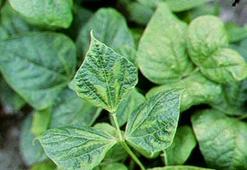
We have also been developing our own hybrid bean made from crossing an Anazasi Bean with a Rio Zape bean. We call it the Anazapi. It will be at least two more years before we have enough of these beans available for limited commercial sales.

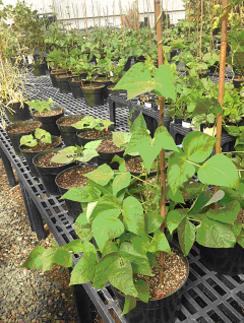
With each generation of back-crossing to the heirloom parent, more heirloom seed characteristics are recovered. To regain all of the original qualities of the Anasazi bean, the hybrid seeds are planted and their pollen is used to cross-pollinate an Anasazi. This process is repeated 4-5 more times, ultimately producing a bean with all the original Anasazi qualities with the added benefit of now being resistant to BCMV.
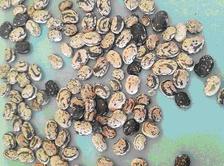
In 2015, we provided a grant donation to help fund the research efforts of Travis Parker, ( far right in picture) a UCD doctoral student. Travis’ work involves inserting the mosaic virus resistant I gene into some heirloom varieties. The I gene is naturally found in most string beans and many commercial beans. This procedure is based on the traditional processes of plant breeding.
The bean flower from one plant is opened and its anthers removed (male part). Then, pollen from the other plant is brushed over the stigma (female part) of the bean flower- crosspollination. The flower is closed and tied with string with label.
Note that the hybrid see looks quite different the original Anasazi seed, but now contains the I gene.
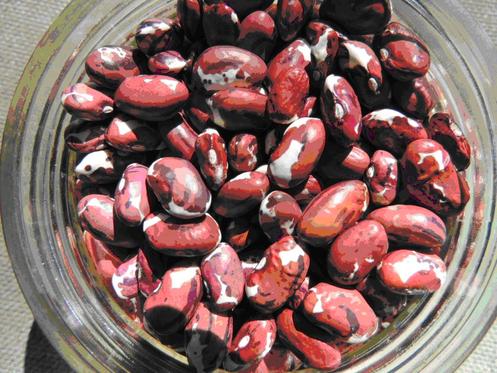
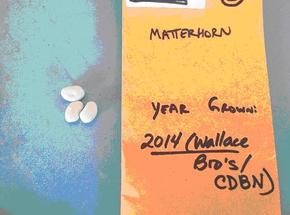
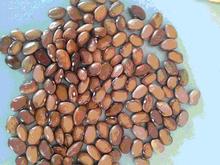
The plant is grown to maturity producing what is called the F1 hybrid seed.

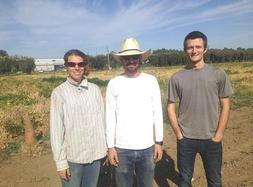
Anasazi bean cross F1
2015 F2s - note the two flower colors on the same plant
The process begins with growing, then cross pollinating an heirloom plant (in this example, the Anasazi) with a white bean (Matterhorn).
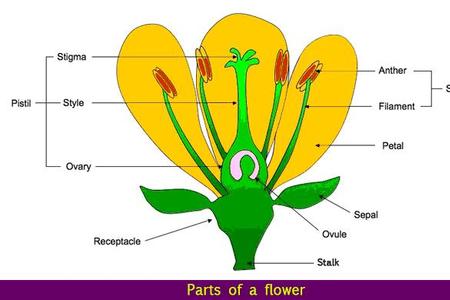
Rio Zape bean cross F1
One of the greatest problems in growing heirloom dry beans is the presence of the Bean Common Mosaic Virus (BCMV). Plants infected with the virus have light green or yellow mosaic patterns on the leaves, [Mosaic Virus] accompanied by puckering, blistering, and downward curling and rolling, with the end result being stunted growth or death of the bean plant. This is a major barrier in producing substantial bean yields.



